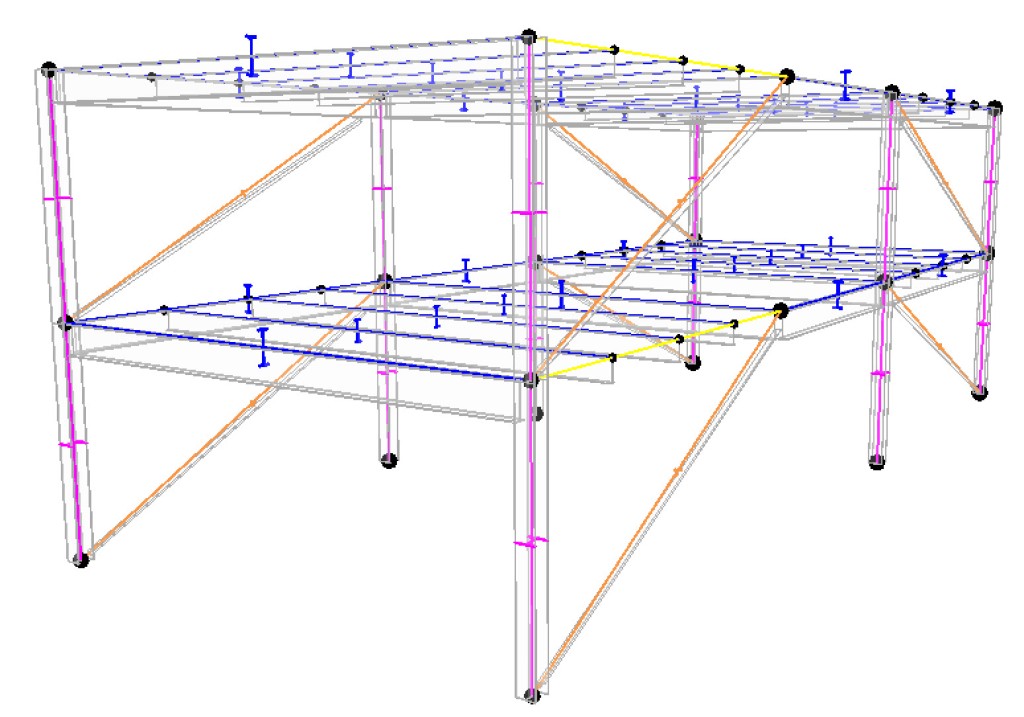A recent change to the methodology of Revit structural analytical modelling has enabled new workflows and capabilities when representing the Revit design model. However, automation is now more relevant than ever, as the analytical model is not generated automatically while the physical model is being built.

The massive benefit of this new workflow is that engineers can now create early structural design models in Revit without having to worry about the actual physical members. For example, an early design of a building structure may need some columns and framing to support a floor. However, at an early stage the materials and geometry may not be known. As the design progresses, the analytical members can be associated with actual physical elements. This allows Revit to be used much earlier in the design process and, importantly, to reuse and develop the design model right to the completion and handover of the model.
When representing certain structural systems and…

